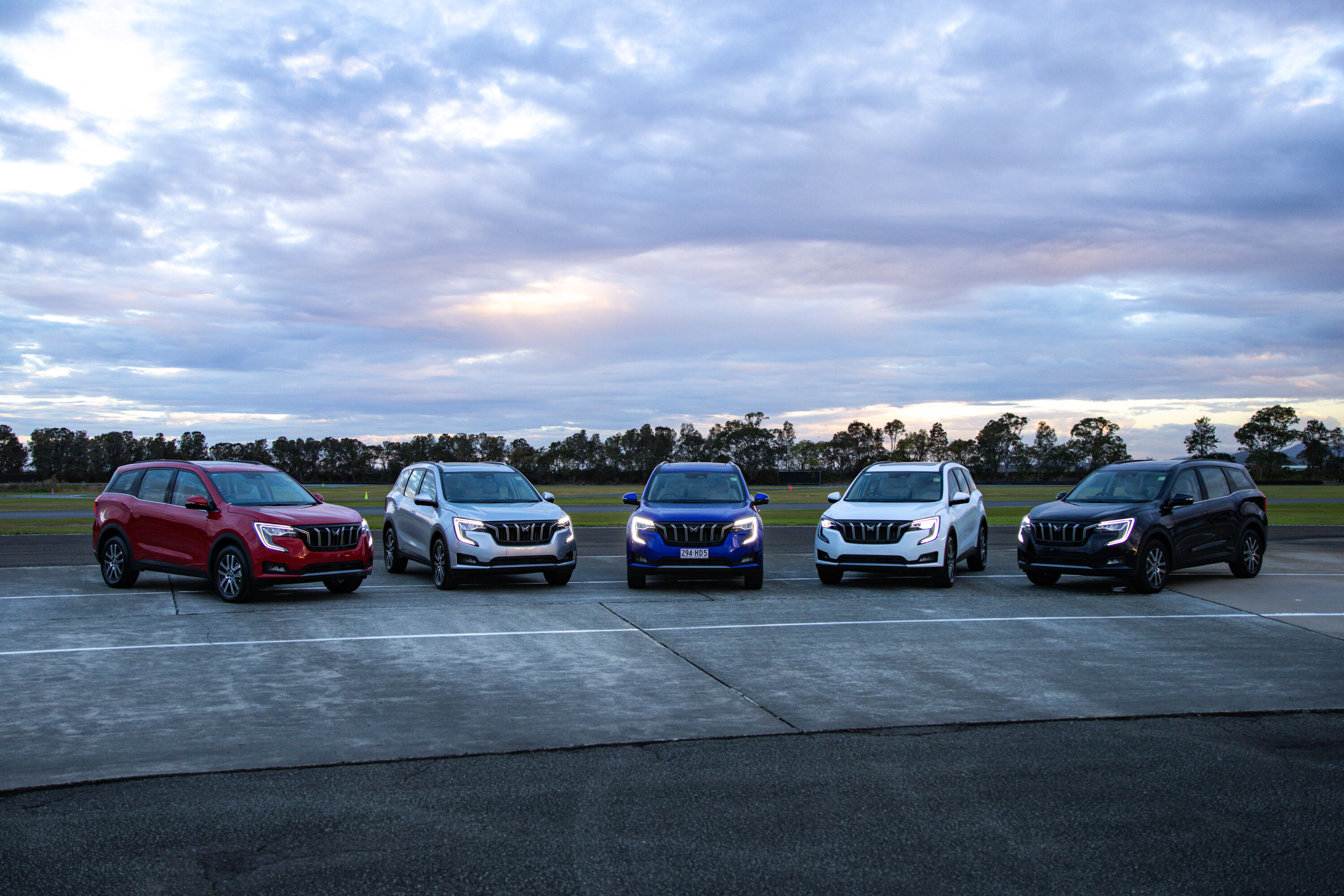India’s industrial giant Mahindra has progressed from its tractor origins and is now sowing the seeds of global passenger-car ambition. And Australia has been targeted as particularly fertile ground.
The Mumbai-based tractor manufacturer turned car maker has a strategic plan to transition from farmers’ fields to suburban driveways.
And a key part is a forensic analysis of customers as it introduces a new product line – including a contemporary take on the traditional diesel ute alongside forthcoming electric vehicles.
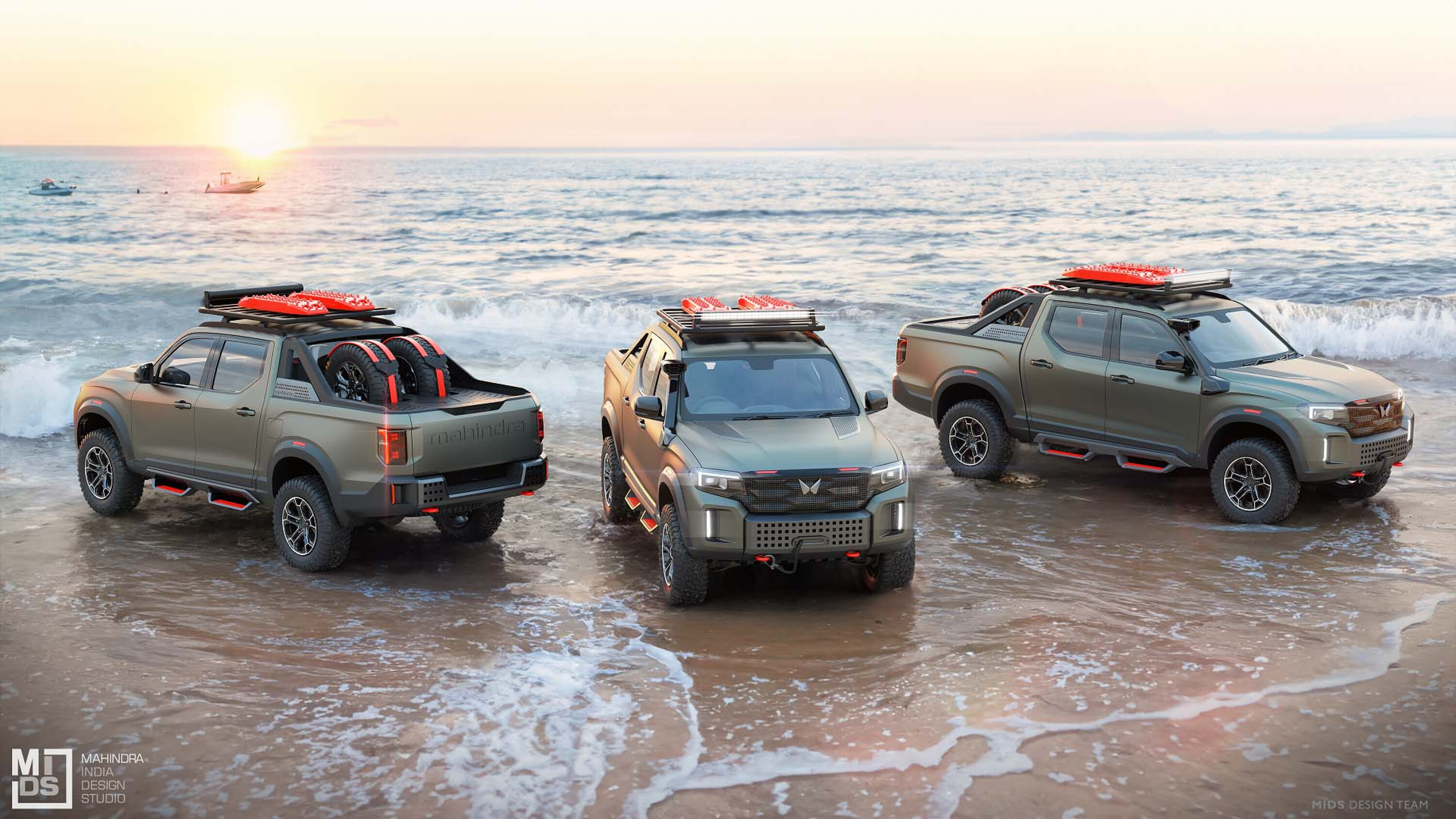
With fresh products – the XUV700 and Scorpio SUVs – recently released, the Australian arm is priming to be at the sharp end of the mothership’s global goals.
The ‘Global Vision’ target – announced in October by Mahindra’s Rajesh Jejurikar, executive director and chief executive (Automotive and Farm Equipment) – is a two-and-a-half-fold increase in the automotive division’s revenue by the 2026 Indian Financial Year. But Mahindra wants its Australian division to perform even better than that.
That’s a tall order given the brand has been here for decades, yet is hardly on the average new car buyer’s hit list.

The Mahindra name first appeared in Australian new-vehicle showrooms in 1990 with a small batch of its Peugeot-diesel-powered Pik-Up ute, before a more substantial return in 2007 distributed by Sydney-based Tynan Motor Group.
The Australian arm is now headquartered in Brisbane after Mahindra took full control of the business in 2011, and it’s from this base that it intends to make its biggest strides on the island continent yet.
It has witnessed newer makes become prominent on local new-car shopping lists, including a disruptive, reborn MG – now a consistent top-10 finisher in Australia – in our 50-plus brand sales stoush. Now it wants in.

Mahindra’s region head for the Australia Pacific, Joydeep Moitra, explained to Wheels the change in focus for Mahindra’s automotive business that sees Australia front and centre of its global transformation into a mainstream automotive brand.
“The brand has always stood for ruggedness – an authentic, rugged brand – and we’ve focused on SUVs and utes,” says Moitra, speaking from the company’s Brisbane base. “We are not into sedans or any other passenger vehicles.
“We started [locally] in Queensland and from that, we evolved towards the smaller towns … like Toowoomba, Rockhampton, and some parts of Victoria. We were manual transmission [vehicles] only for a long time – we have been extremely niche in Australia, servicing only pick-up and SUV [models] with predominantly manual transmissions.
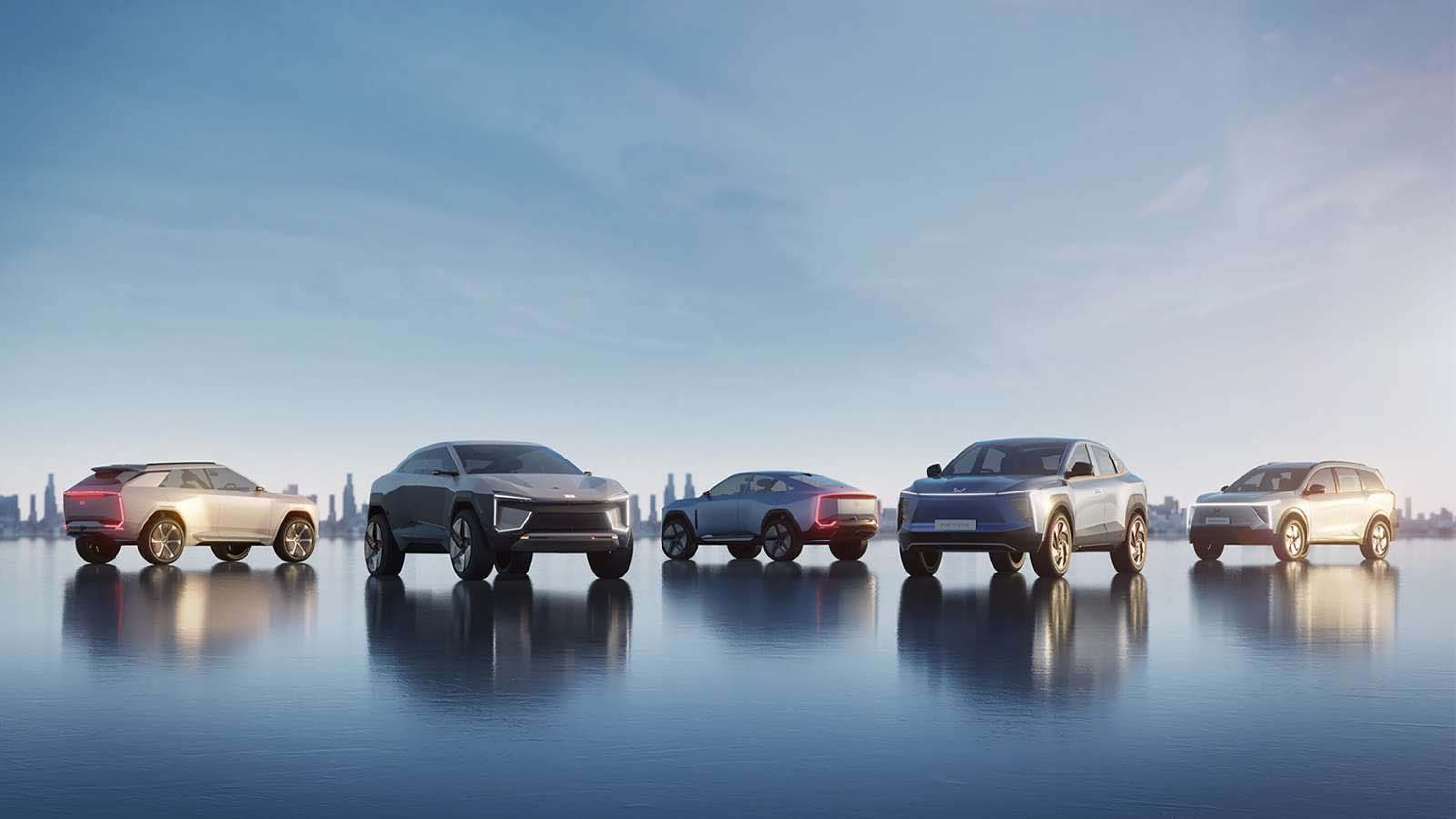
“Now with our new range of products, we are getting into a more lifestyle segment,” says Moitra.
While the Australian new car market is notoriously competitive, it’s an understatement to say Mahindra knows how to succeed.
Mahindra & Mahindra (its official name) is an industrial powerhouse – a conglomerate of operations including a flourishing agribusiness as the world’s largest tractor manufacturer, advanced technology set-ups helping its move into electric vehicles, and now an emerging player on the SUV scene.
It bought the Peugeot bicycle business in 2014 and owns legendary design house Pininfarina.
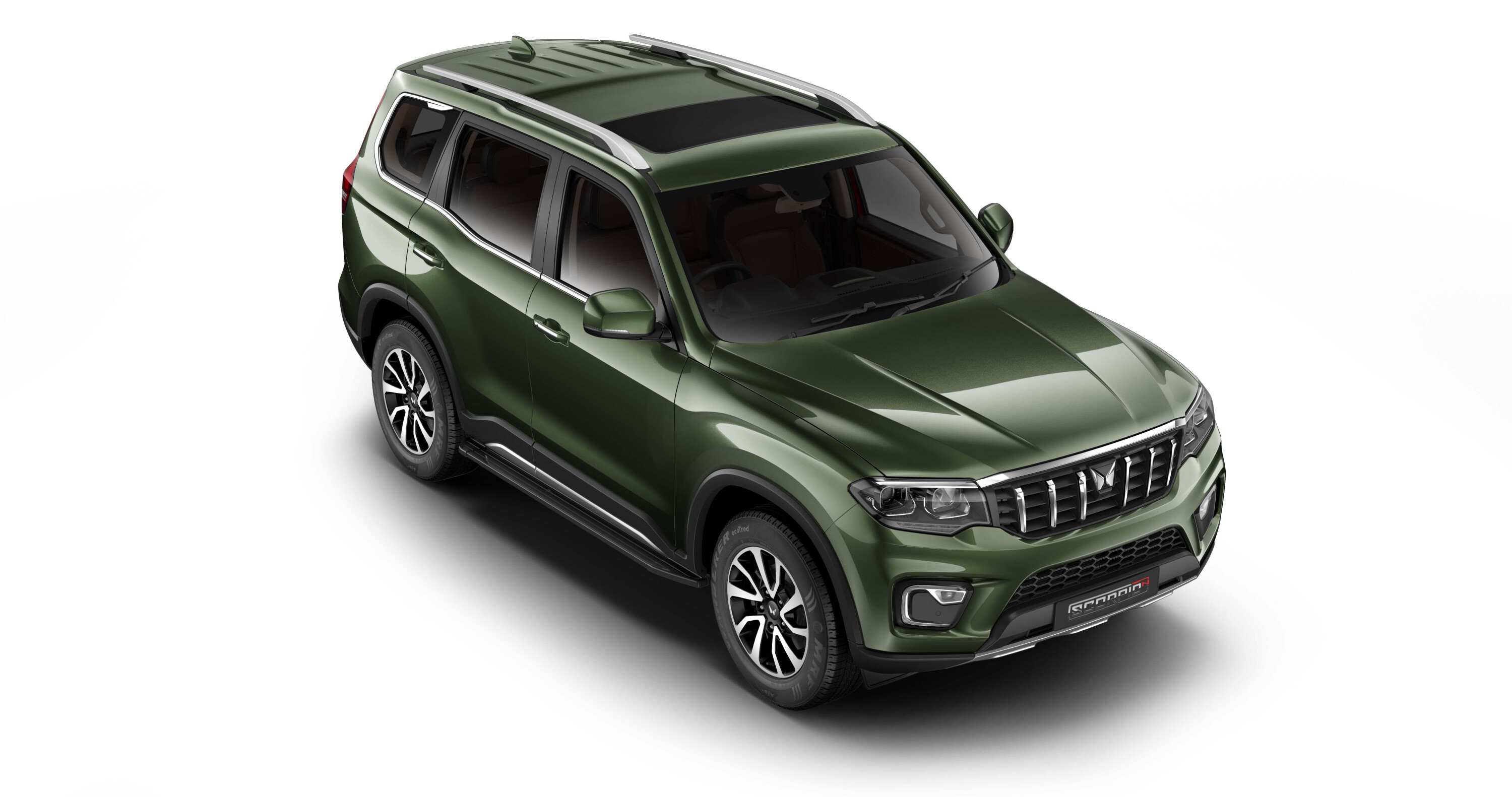
It also makes about 700,000 vehicles a year across multiple factories and boasts impressive design and engineering facilities.
“We’ve seen that entire evolution over 50-plus years or more [globally] of the country, do-it-yourself kind of a buyer to, now, more modern metros, the smaller suburbs and so on. So in that sense, [Mahindra’s] entire customer profile has completely evolved. It’s become more mainstream,” says Moitra.
Moitra believes now is the time for the Australian arm to make a play into the big league, with multiple factors combining to fuel its push into the mass market – using a three-pillar product strategy based on design, technology, and affordability to capitalise on them.
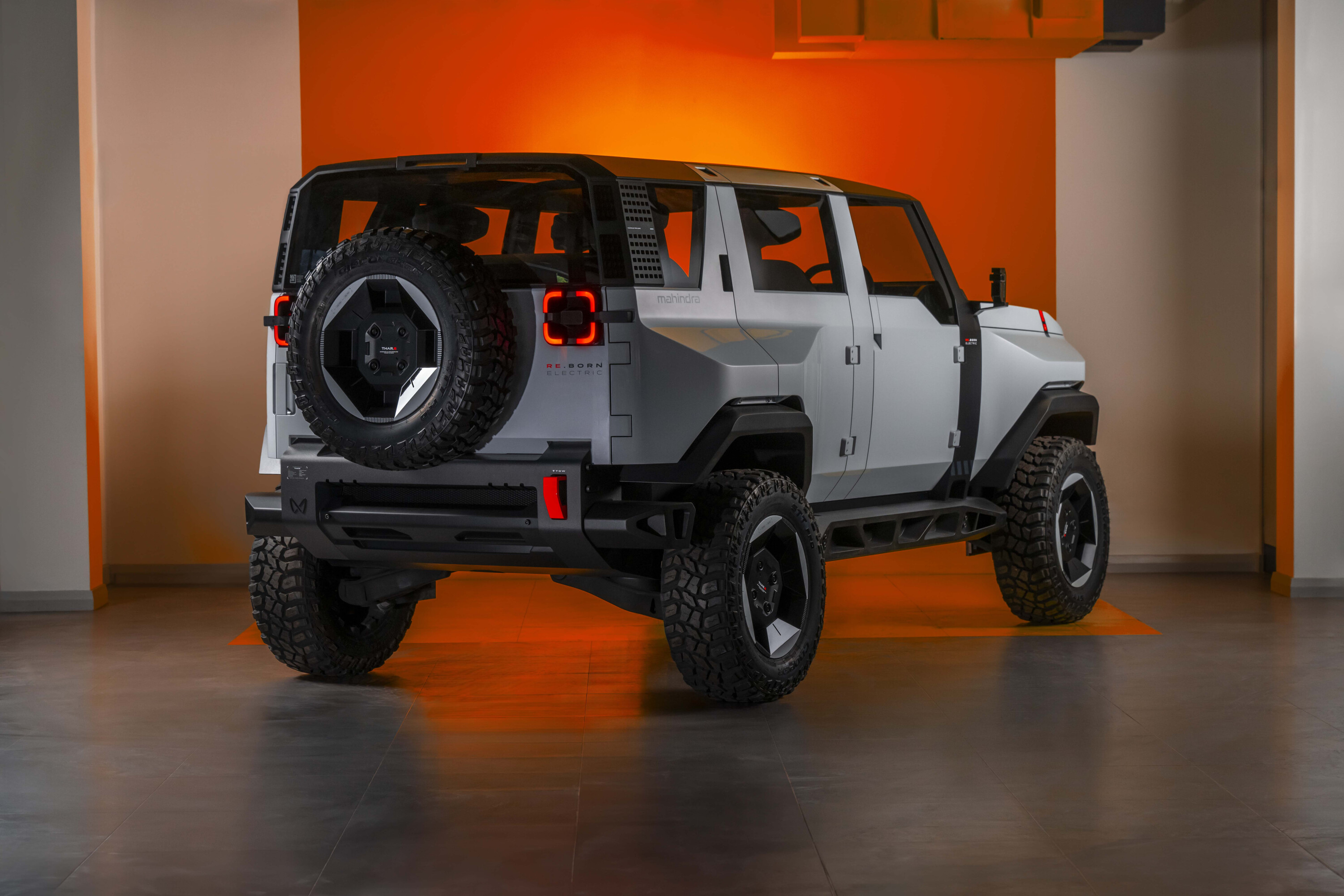
“Once we started having visibility of the newer [vehicle] platforms with automatics and other advanced requirements [and] tech features, that’s where we said, ‘Now we are in the right frame to open up the urban markets.’”
There will be multiple strings to its product bow – namely diesel utes, SUVs and electric vehicles.
Mahindra’s first monocoque vehicle was the XUV500 introduced in 2011, succeeded by the more accomplished and much more mature XUV700, which remains one of the most affordable SUVs for its size.
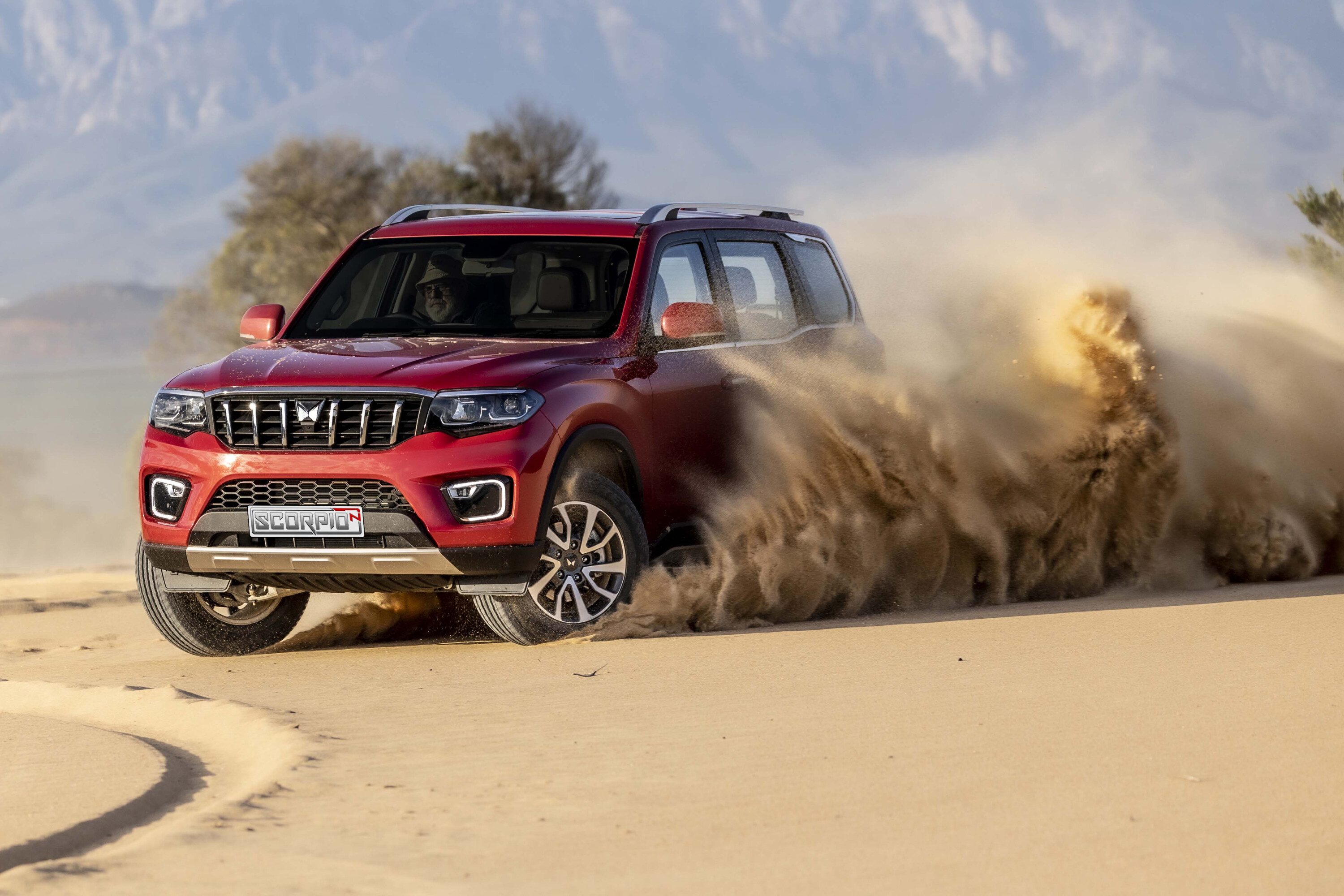
“With the new products, the Scorpio and the XUV700, I think we have moved on”
Then there’s the new full-chassis Scorpio SUV – also budget-driven – above the XUV700 in the line-up.
They sit alongside the dated, awkwardly styled S11 Pik-Up, which is an obvious hangover from the ‘old’ Mahindra.
“With the new products, the Scorpio and the XUV700, I think we have now moved on,” Moitra says. “These are the right two products, and we’ve seen good success, which has given us confidence.
“There’s a huge amount of opportunity because these are mainstream product segments for our dealer network. These are high-volume SUV segments in Australia, so clearly the business growth both for Mahindra as well as for the dealer network is now centred around these two products.”
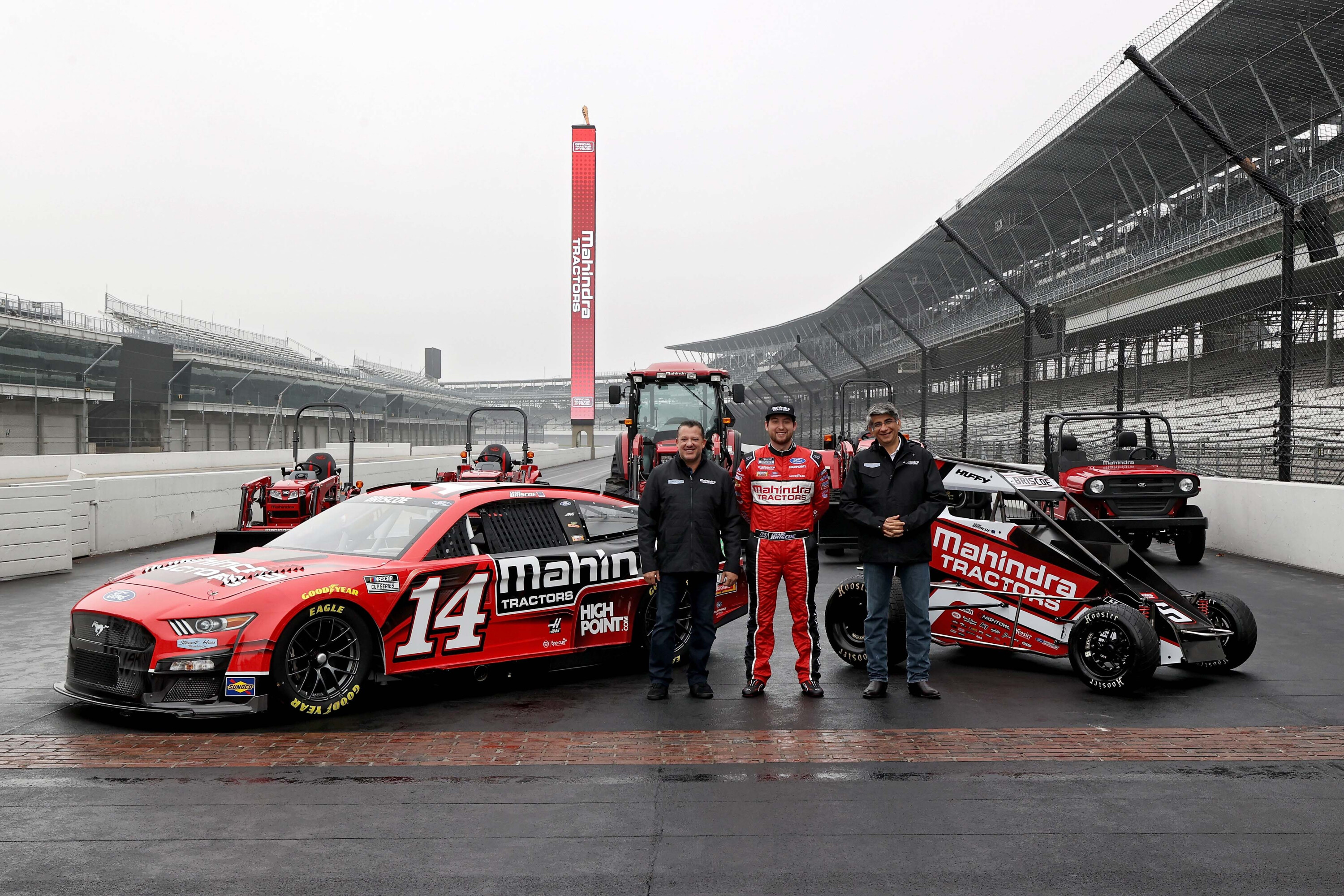
The SUV segment has indeed made up more than half – 56 percent – of new-car purchases in Australia year to date, well ahead of the next-largest segment, light commercials, at 22 percent.
“Our XUV700 SUV competes head on with several Japanese and Korean brands. I think we’re competitive in terms of value, so the brand has evolved … the value proposition will always remain fundamental, and it will remain right up front.
“So, while everybody else is trying to move more into higher and premium territory, I think we will be able to offer a very strong differentiation with democratised tech … The idea is to remain that authentic brand of being a tough workhorse but evolving it into lifestyle.”
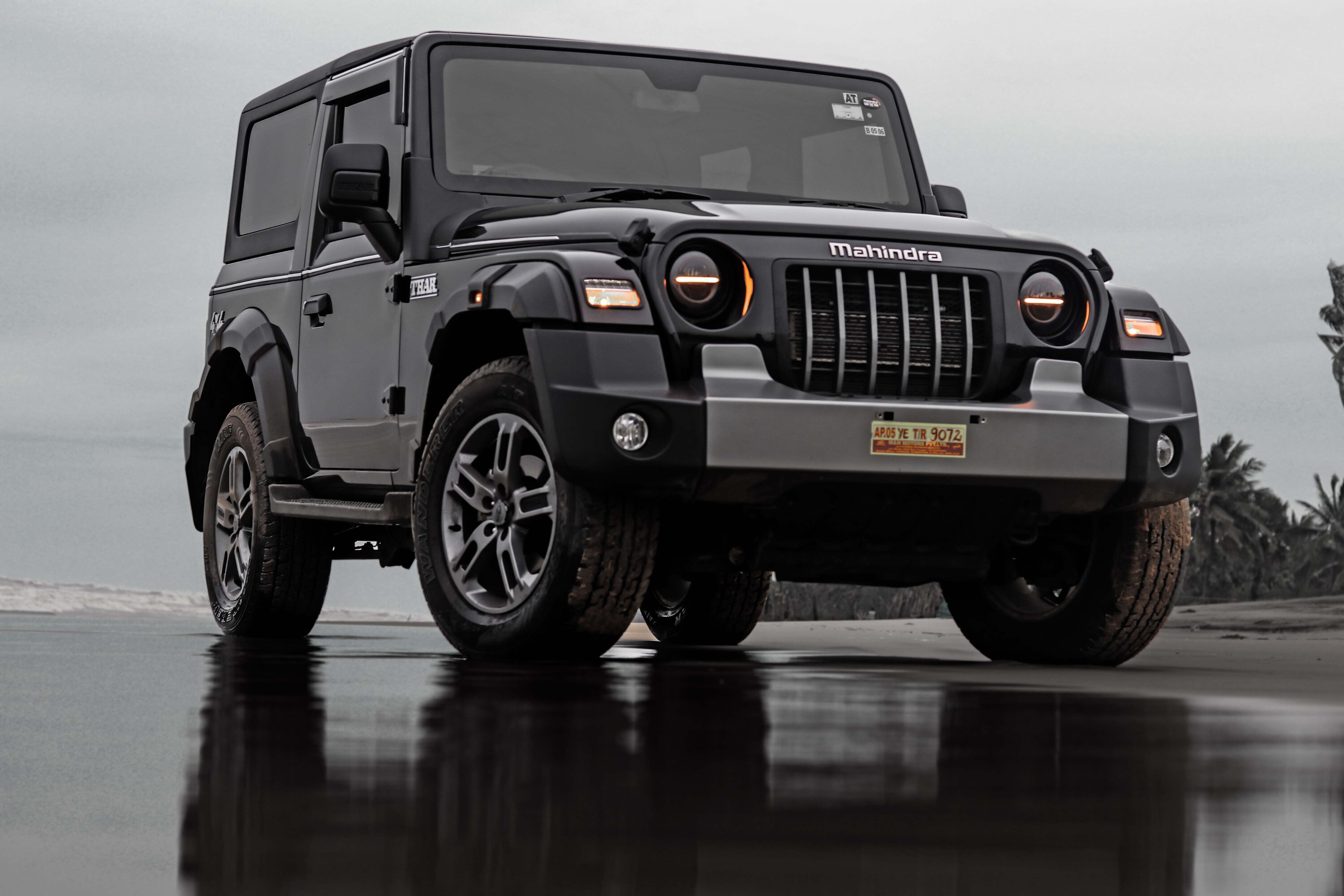
Mahindra also sees opportunity given the number of interest rate rises and the increased cost of living, while Moitra says that the two countries – and respective governments – work well together, evidenced by the Free Trade Agreement between India and Australia that came into effect in December 2022.
“Clearly, we are seeing that the products that we are designing, developing, and of course taking inputs from Australia during design development, testing it in Australia and then launching it into Australia, we are seeing reasonable success,” he adds. “We see that there is a very good opportunity for this brand to scale up operations.”
The design alone of both of its newest SUVs illustrates some of the advances the brand is making, far removed from its Jeep-building origins (though the company still hopes to introduce the Thar off-roader to Australia if it can overcome Wrangler-based legal objections from Jeep, just as it did in the US in June).
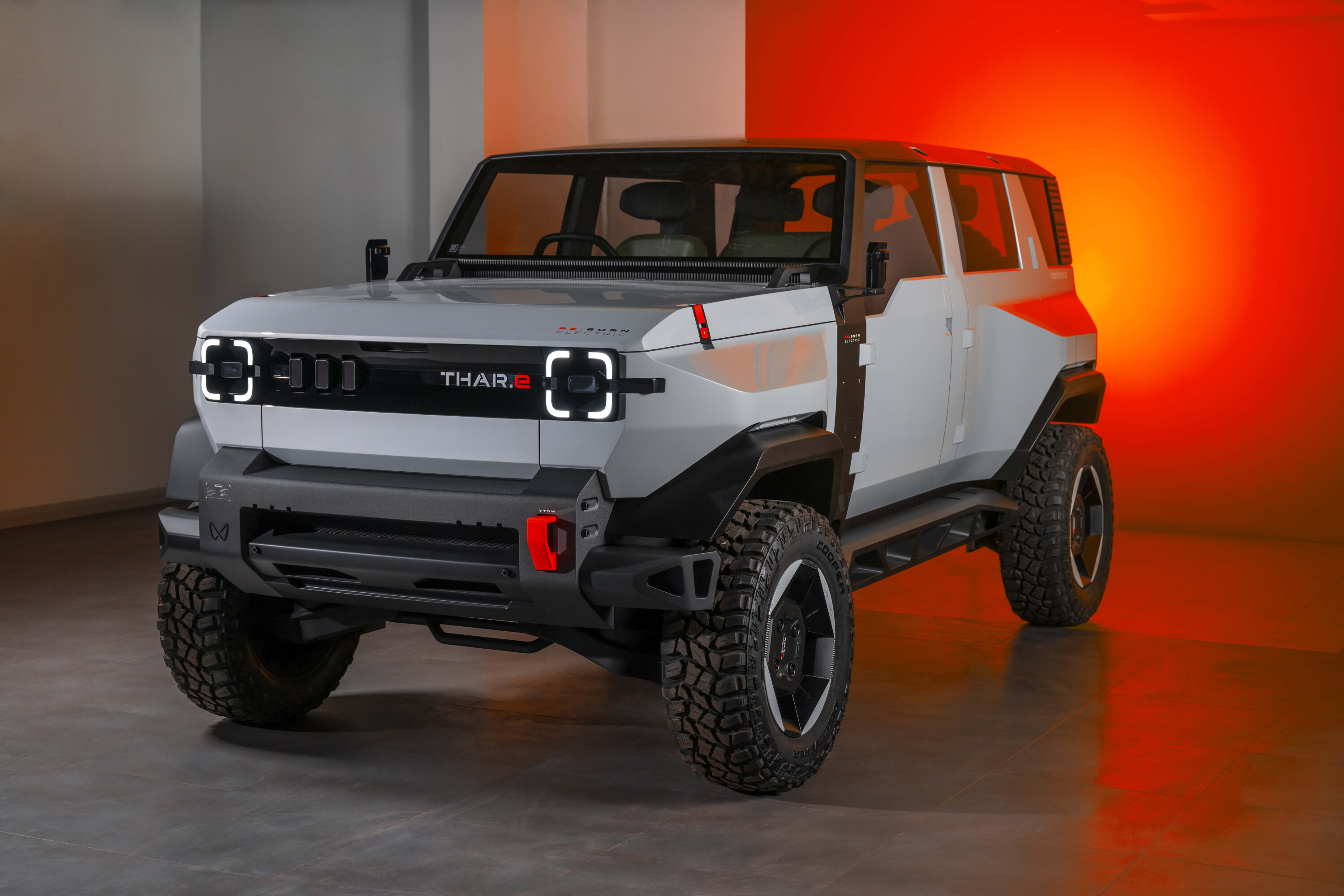
“Design is critical to enhancing the appeal for Mahindra in Australia and globally”
A significant step away from its derivative origins is its global design hub, M.A.D.E – which stands for Mahindra Advanced Design Europe and was opened in August 2022 by Mahindra Group chairman Anand Mahindra and the UK International Minister for Trade, Ranil Jayawardena.
The Banbury, Oxfordshire facility is home to 30 staff, with state-of-the art tools enabling conception to prototype capability, including 3D modelling, a digitisation suite, and Virtual Reality (VR) modelling.
“Design is critical to enhancing the appeal for Mahindra in Australia and globally,” says Moitra. “The idea of setting up a design centre was to use the talent over there and make that the hub for our global product design.”
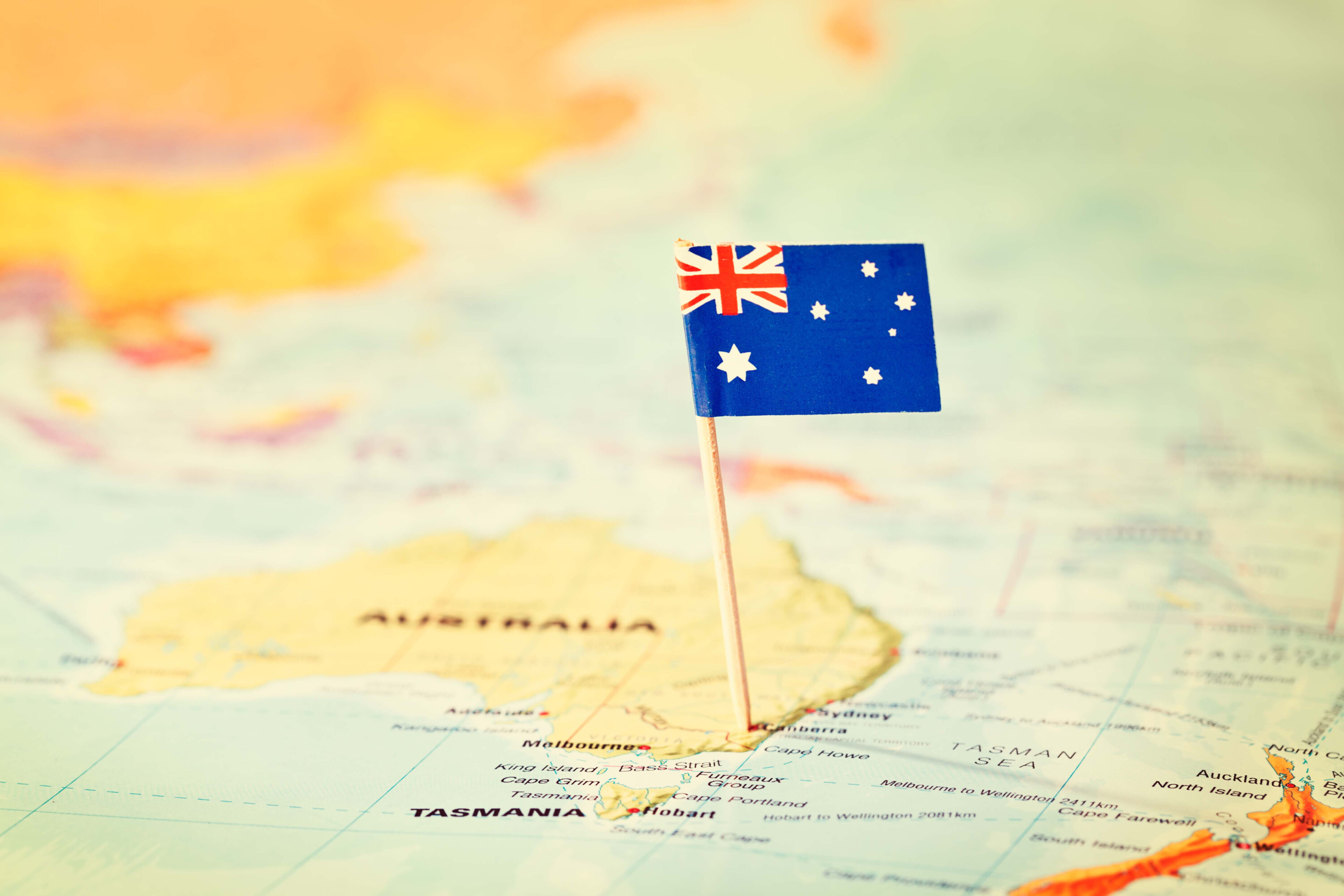
Building on this are Mahindra’s latest concepts – the Vision Thar.e and Global Pik-Up – which clearly show the continuing design evolution, as well as the car maker’s burgeoning engineering nous.
The Thar.e concept spearheads Mahindra’s electric sub-brand, Born Electric, with the company to produce at least five models from its new EV-specific plant in Pune, south-east of Mumbai, with a platform sharing arrangement with Volkswagen.
An electric Mahindra of some type should be in Australian showrooms in the near future.
More salivating for Australia is the Global Pik Up concept unveiled in August, which – with its striking exterior executed by the Mahindra India Design Studio (MIDS) – is a like-for-like illustration of the shift in the company’s car making business.
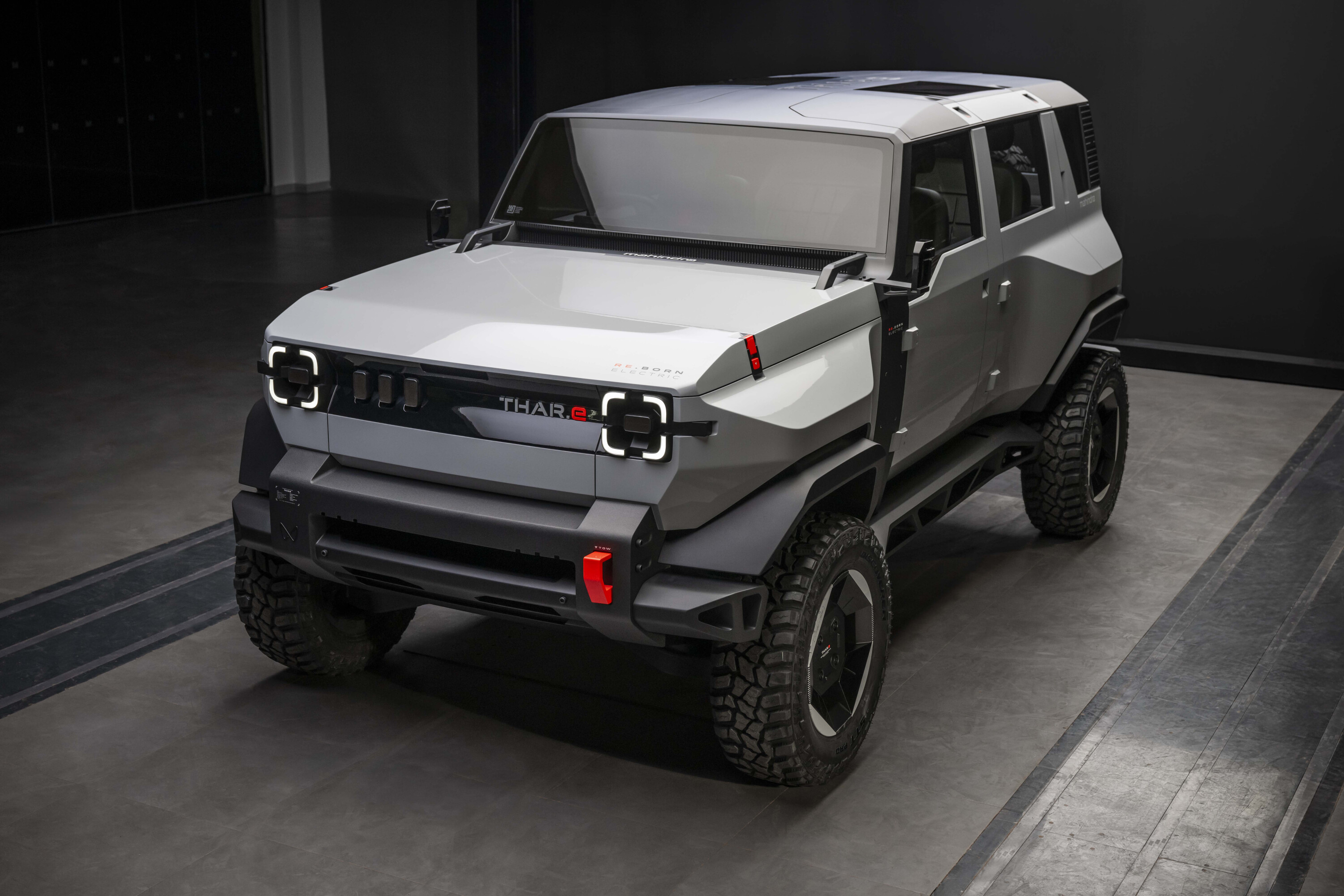
“We’ll carry a lot of those [concept] visions into production,” says Moitra.“I’m pretty confident that a lot of those design elements will go into production.”
The dominance of local sales charts by dual-cab utes – with the Toyota Hilux the best-selling vehicle here every year since 2015 – and Mahindra’s history of off-road and utility vehicles is another checkbox making Australia a key market, both in terms of commercial growth and product development.
“A lot of benchmarking is happening based on products coming out of our [brand] being sold in Australia,” says Moitra when asked about the Pik-Up.
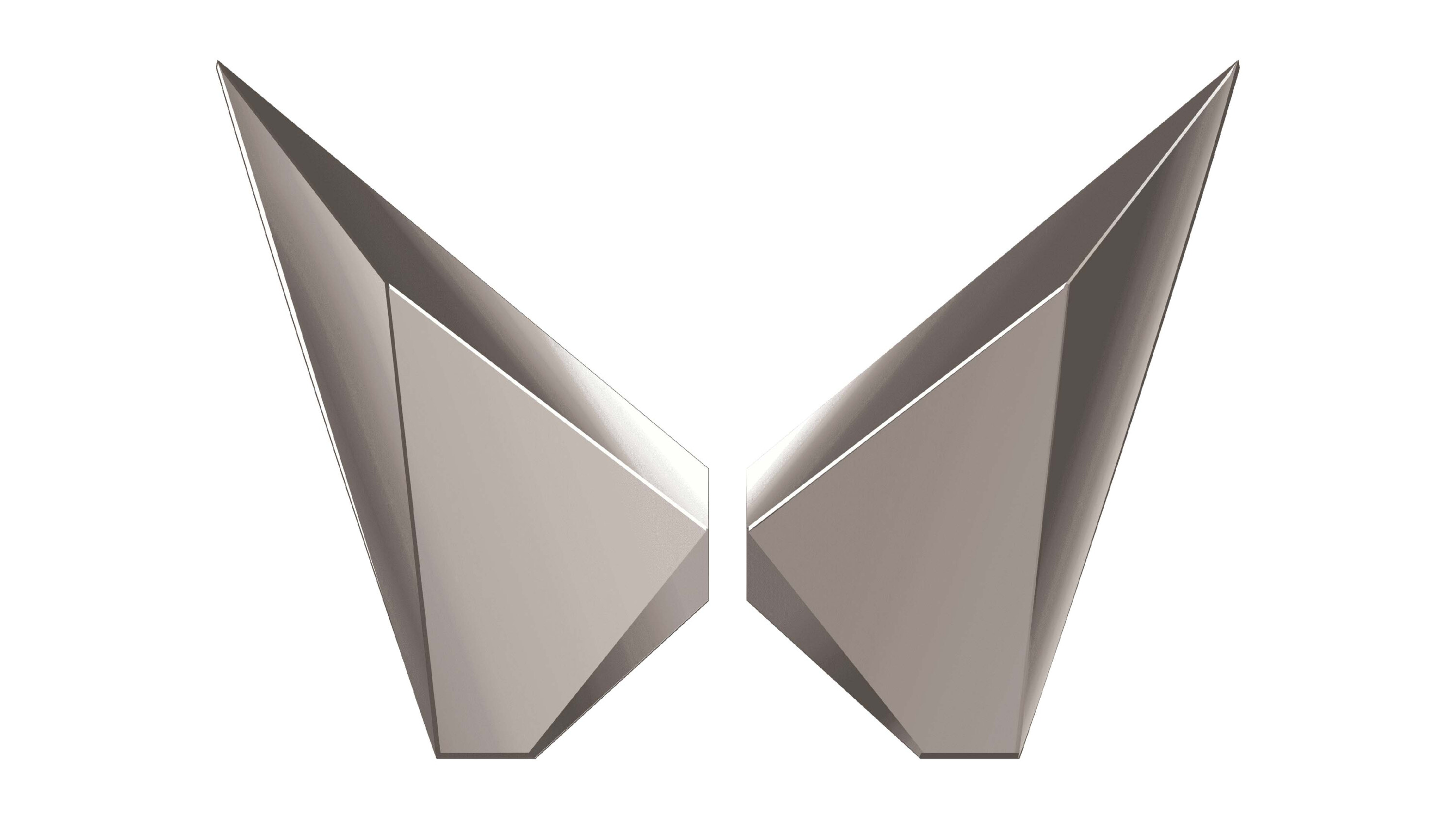
As expected, he’s coy about which of the best-sellers in Australia Mahindra is using as its yardstick.
“I don’t want to be very specific on this … But, yes, definitely – we operate at multiple levels in terms of the development and the testing done by us, as well as on critical development partners or suppliers, so we do know that a lot of utes are being developed in Australia.”
While it sounds simple, Mahindra’s goals in Australia are ambitious, though admirable.
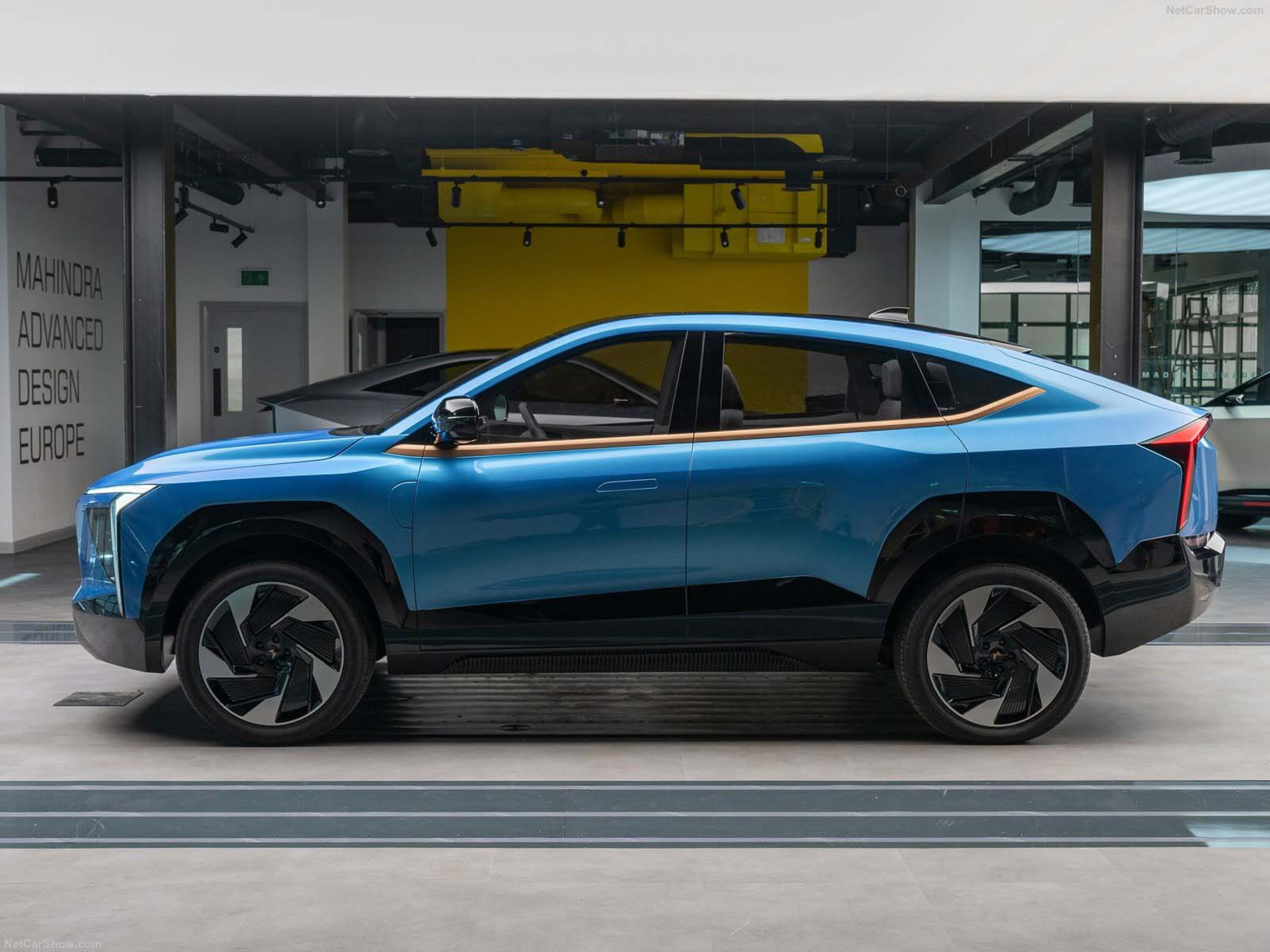
The company, however, says it is given confidence by Australian buyers’ warm reception to new challenger brands in recent years (think MG, LDV and GWM).
“So right now we believe that the opening in the market just to find that new brands are getting a chance in the customer mind space – the fact that they’re willing to give a chance to newer and new products – is something that’s a fantastic opportunity for us. It’s not a closed market from a customer mindset.”
Success won’t be immediate, and – when asked what that could look in five years’ time – Mahindra acknowledges a strong future product line-up is crucial.
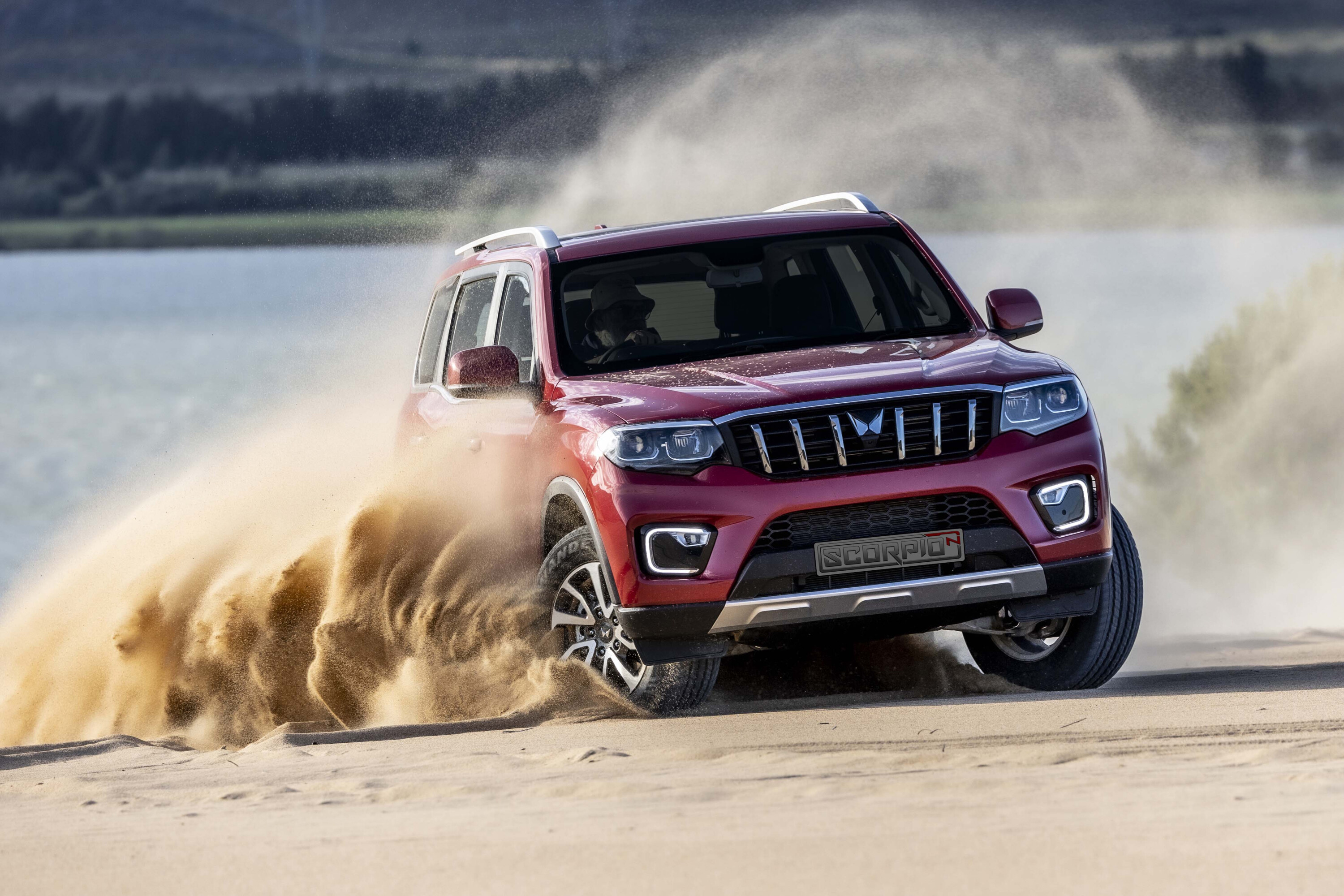
“When we have the next round of products, that will further enhance [growth],” Moitra says. “So, I’m just splitting up your five-year [question] into two-and-a-half, three years.
“I don’t want to be saying we’ll be in the top 10 or top five [brand in Australia], but as far as we are concerned we would like to see a much higher growth than the global two-and-a-half [revenue target].”
“At a global [level] now we are starting small … Australia will grow at a much faster clip when we have launched the right portfolio.”

That’s where an intense focus on customers’ feedback and needs comes in, he adds.
“It’s not only Australia specific, but also in every market – being close to the customer … because of the changing dynamic demographics of a market like Australia, it’s not an option – it’s our biggest challenge.”
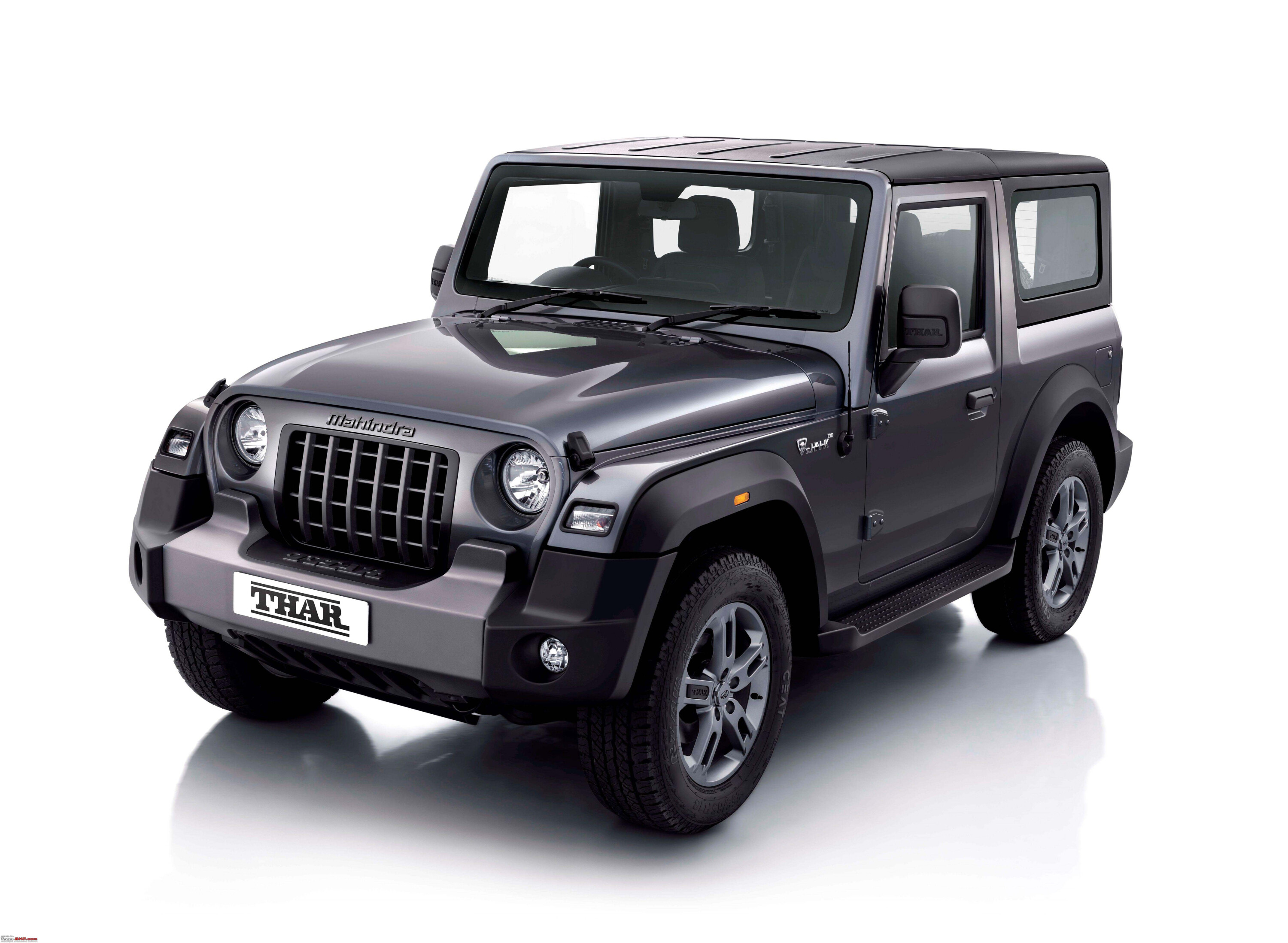
Proving points
By Matt Raudonikis
Nothing exemplifies the growth of Mahindra & Mahindra since the end of WW2 more than its advanced R&D facilities in multiple cities around India.
Key to the product and development of its products are the Mahindra Research Valley (MRV) near Chennai and the new Mahindra SUV Proving Track (MSPT) some 50 kilometres away.
The MRV is located within the 1500-acre Mahindra World City, which is also home to the Indian operations of other global automotive companies.
MRV houses Mahindra’s product development and testing facilities for everything from electronics, powertrains, chassis development, safety, ergonomics and acoustics. It’s a cutting-edge facility that allows Mahindra to compete with the world’s leading automotive brands.

The MSPT was modelled on the IDIADA test facility in Spain, long considered to be the best in Europe and the gold standard for such proving grounds.
The 450-acres-plus MSPT site has been purpose-built to test and develop Mahindra’s range of SUVs and tractors over all kinds of terrain and conditions.
It includes a four-kilometre, four-lane high speed test track with 1100-metre straights connected by turns banked up to 44 degrees on the high-speed lane, designed to test vehicles at speeds up to 200km/h.

Around the high-speed track are kilometres of roads representing all kinds of driving conditions and road surfaces, including various grades of asphalt, potholes, manhole covers, corrugations, inclines and wet surfaces.
Some of the road surfaces are designed for ‘accelerated durability testing’. The General Durability track is a 5.5-kilometre circuit that takes in all of these various surfaces and conditions, and it’s constantly being used by various vehicles at different stages of their development.
There are also simulated suburban roads, a 250-metre-diameter skid pan, handling tracks, a sand pit, a tractor track and water baths where the depth can be controlled.

The salt water spray track covers the vehicle as if driving on a beach, and then it is parked in a humidity chamber which accelerates any possible corrosion – giving the engineers an idea of where corrosion may occur and take measures to rectify it prior to production.
The facility also includes a 4×4 test track that is not only used for developing and testing their own vehicles, but on weekends is open to guests to experience the off-road capabilities of the Mahindra Thar and Scorpio.
The track starts with a tilting bridge over a water course and includes deep offset holes, steep climbs and descents, rocky tracks, water crossings, articulation tests, rocky slopes, side slopes, pipe and tyre crossings, sand patches, cobblestones, and just about everything else you might find off the beaten track.
Yet Mahindra will need to ace all of that in order to prove its mettle in Australia.
This article originally published in the Wheels 2023 Yearbook, on sale from 18th December.



